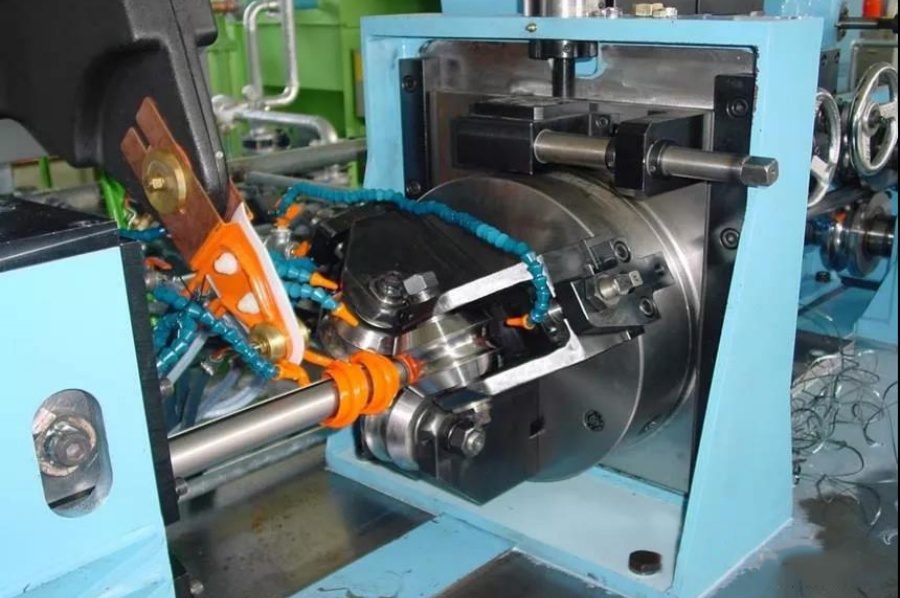- Home
-
Products
- Used Welded Pipe Machine
- Stainless Steel Cut-To-Length Line Unit
- High Frequency Pipe Welding Unit
- High Frequency Pipe Making Machine
- Flying Welding Spiral Welded Pipe Unit Production Line
- 850mm Second-Hand Slitting Line
- 1650mm Second-Hand Slitting Line
- 2200X16mm Used Strip Steel Slitting Line
- Second-Hand Nanyang 50 Enlarge 76 High Frequency Welding Pipe Mill
- Used Welded Pipe Machine
- Stainless Steel Cut-To-Length Line Unit
- High Frequency Pipe Welding Unit
- High Frequency Pipe Making Machine
- Flying Welding Spiral Welded Pipe Unit Production Line
- 850mm Second-Hand Slitting Line
- 1650mm Second-Hand Slitting Line
- 2200X16mm Used Strip Steel Slitting Line
- Second-Hand Nanyang 50 Enlarge 76 High Frequency Welding Pipe Mill
- Display
- News
- About
- Partners
- Language





